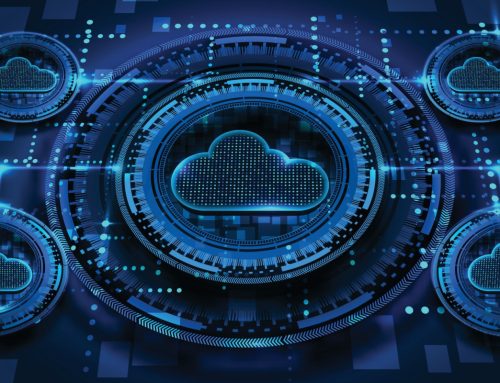The coronavirus pandemic gave enterprises no time to prepare for lockdowns, forcing them to dramatically shift how they conduct business.
Ten years ago, hybrid workplaces were rare, especially in enterprises where on-premises apps and software ruled the roost. Cloud wasn’t proven and enabling remote access to company data raised complex security questions.
Still, the biggest hurdle hybrid work faced was little proof of concept. Few enterprises had embraced the idea of working in a set location some of the time and working flexibly or remotely from a non-workplace environment other times.
Then the coronavirus pandemic hit, accelerating hybrid workplace adoption as businesses sought new ways to enable remote work.
How’s it going? An April 2021 survey by IDC found that 23% of companies plan to allow employees to work primarily from home or other remote locations in 2022, and three-quarters of respondents said remote workers are at least as productive as in-office workers.
How is technology enabling the hybrid workplace?
The hard part for enterprises is ensuring security on home computers. Virtual desktop infrastructure (VDI) technology and the cloud-based equivalent desktop service (DaaS) give employees secure access to data. These technologies only send screenshots to home computers, so the data never leaves the enterprise.
HPE GreenLake for VDI is one of the best VDI solutions offering secure, scalable virtual desktop infrastructure delivered as a service. With HPE GreenLake, employees don’t need to store confidential company data on a personal device.
Another good VDI solution is Azure Windows Virtual Desktop, which combines Azure and Microsoft 365 for a secure remote desktop.
When employees need access to risk-sensitive corporate data remotely, they risk compromising it on unsecured machines and networks. Endpoint security is a crucial consideration to protect endpoint devices. An Endpoint Protection Platform (EPP) solution like Cisco Secure Endpoint offers complete peace of mind.
Enterprises using Windows Server can use the Remote Desktop Services (RDS) feature to allow employees to connect to Windows-based computers on an on-premises network. RDS is also used by IT for remote administration.
Other ways enterprises are enabling hybrid workspaces include switching to SaaS app productivity suites like Microsoft 365 and Google Workspace. These provide apps suites and cloud storage in one, killing two birds with one stone.
Summing up
Enterprises use VDI to give employees access to desktops without data and EPP solutions to secure endpoints that have access to sensitive data. Servers running Windows Server and desktops can be accessed with Remote Desktop Services. Switching to SaaS app productivity suites is connecting workforces better than ever.
Of course, these are only a snapshot of the solutions available for a hybrid workplace. Feel free to contact us to us to find out more.





